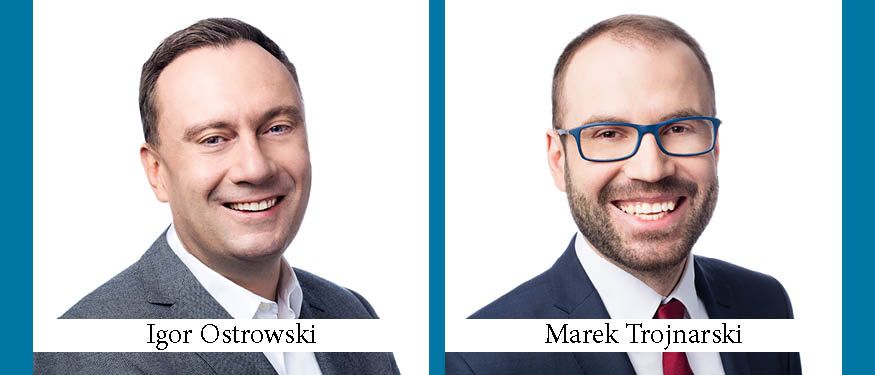Poland has just undergone major trademark law reform and significantly simplified the trademark registration procedure, which should now last just a few months. As a result, the Polish Patent Office is becoming more attractive for new brand owners.
However, these changes come at a cost. Brand owners who have established trademarks can now discover a number of marks infringing on their brands. And it is solely up to the brand owners to monitor new applications and take action against them.
Letters of Consent
Unlike in many European jurisdictions, including the European Union Intellectual Property Office (EUIPO – previously the Office for Harmonization in the Internal Market (OHIM)) – the Polish Patent office did not previously accept letters of consent as a measure to overcome potential conflicts between newly filed trademarks and existing trademark rights and applications. This changed as of December 2015, when the Patent Office started to register such trademarks if owners of existing trademark rights or applications consented to the registration.
At long last, this amendment materially improved ongoing trademark registration proceedings.
Opposition System
Unfortunately, the significance of these changes was watered down greatly by amendments that followed, which introduced the opposition system in place of full examination of trademark applications by the Patent Office.
Following the amendment, proceedings before the Patent Office became much more attractive for applicants, with rights being granted much earlier than the 18 months that was previously the norm.
This amendment was motivated by the fact that a large number of applicants simply decided to file trademarks with the EUIPO instead of the Polish Patent Office. While the EUIPO is more expensive, the procedure is relatively fast.
As of April 15, 2016, the Patent Office, when examining a trademark application, only performs a formal legal survey to verify the existence of formal and absolute conditions for granting protection. These conditions primarily determine if a particular sign is eligible to serve as a trademark, meaning it is distinctive enough to differentiate the origin of goods on a specific market. The Patent Office will not by itself take into account any similarity with existing trademark rights or applications. It is for the owners of registered trademarks to inform the Office of any conflict between their trademarks and the new applications. Only then, in opposition proceedings, will the Patent Office examine the potential conflict and refuse to grant protection if the new trademark is – for example – confusingly similar to an existing trademark or endangers its reputation.
Brand owners have three months from the time the Patent Office publishes the application to report any such conflict. To do so, they must file a formal opposition. Before the amendment, brand owners filed only observations (which did not start the inter partes proceeding), whereas the remaining counteraction proceedings were available post-registration.
Evidence and Claims
Brand owners must thoroughly prepare for opposition proceedings and act very swiftly to protect their brands. Following the amendments, parties to opposition proceedings may be required to provide all claims and evidence at specific stages of the proceedings, unless certain conditions apply. Secondly, brand owners may not apply for the invalidation of a trademark following registration if they have already had a previous opposition based on the same legal conditions dismissed (in a final and non-appealable fashion). Previously, brand owners could present new claims and evidence until the time the trademark was registered or the decision in the post-registration opposition or invalidation proceedings was issued.
Simplified Trademark Invalidation and Expiration Actions
The advantage for brand owners is that the amendment abolished the obligation to prove legal interest when submitting an application for the lapse of a trademark (particularly when the trademark is not actually used), as well as in invalidity proceedings based on absolute conditions.
Trademark Watching
In summary, whereas previously, the Patent Office itself excluded applications for trademarks that were confusingly similar to existing rights, now brand owners must do their own monitoring of trademark applications. This is also important due to the fact that, unlike EUIPO, the Polish Patent Office does not send notifications of new trademark applications to owners of existing rights.
By Igor Ostrowski, Partner, and Marek Trojnarski, Counsel, Dentons
This Article was originally published in Issue 3.3 of the CEE Legal Matters Magazine. If you would like to receive a hard copy of the magazine, you can subscribe here.

